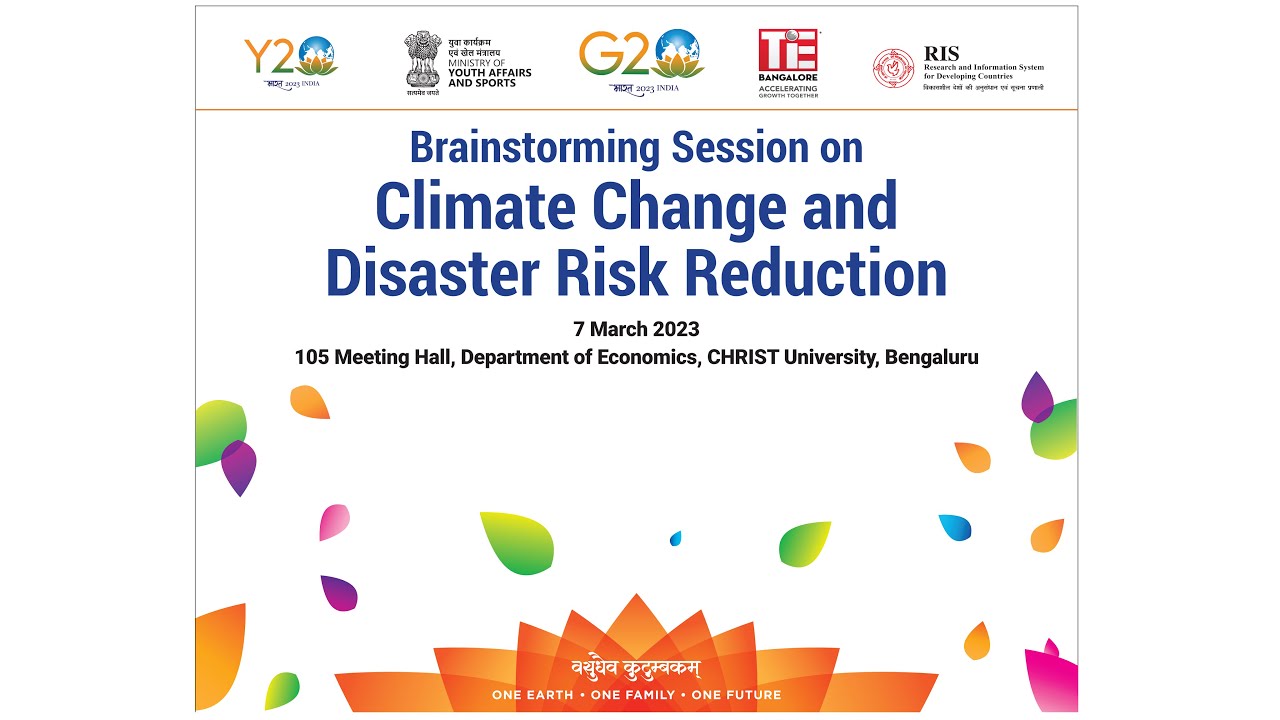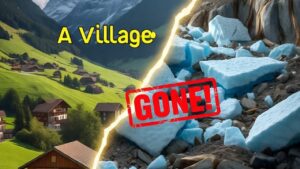
Watch the full recording of TiE Bangalore and National Action Plan on Climate Change (NAPCC), Brainstorming session on Climate Change & Disaster Risk Reduction: held on March 7, 2023, at Christ University.
#TiEBangalore #ClimateChange #DisasterRiskReduction #Sustainability #ChristUniversity #BrainstormingSession #EminentSpeakers #GreatTakeaways.
source




Brainstorm this: There has been a 10% decline in natural disasters since 2000 (CRED). Globally the ACE index (accumulated cyclone energy) 1980-2021 shows no increasing trend. Global Hurricane Landfalls 1970-2021 (updated from Weinkle et al, 2012) shows no trend. Satellite data since 1980 shows a slight downward global trend for total hurricaine numbers with 2021 being a record low year. The IPCC reports in AR6, chapter 11, "The total global frequency of TC [tropical cyclone] formation will decrease or remain unchanged with increasing global warming (medium confidence)." Not that I really care about what the IPCC says. Multidecadal variability in Atlantic hurricaines is most probably related to the AMO (Vecchi et al, 2021). NOAA data 1851-2021 shows no trend in number of hurricaine landfalls with the record high being 1886. What the data from NOAA SPC shows about tornados: EF1-EF5 (1954-2022) no trend; EF3-EF5 (most destructive) (1954-2022) 50% decline. No EF5s in US since 2013 (a record absence).
The Global Land Precipitation Anomaly from AR5 will disappoint with deviations from the average increasing by 0.2% per decade, but if you look at the actual data, it's just very variable over the decades.
Drought appears to be decreasing globally (Watts et al, 2018) measured by SPI 1901-2017.
For every million people on earth, annual deaths from climate-related causes (extreme temperature, drought, flood, storms, wildfires) declined 98%–from an average of 247 per year during the 1920s to 2.5 in per year during the 2010s.
Data on disaster deaths come from (EM-DAT, CRED / UCLouvain, Brussels,Belgium. )
Globally 2000-2019 there was a large decrease in cold-related deaths and a moderate increase in heat-related deaths (Zhao, 2021, Lancet). However, coldwaves are over 9 times more likely to kill than heatwaves, so the overall result is very beneficial.
What else? Oh, deserts like the Sahara have shrunk considerably since the 1980's and the Earth has greened by 15% or more in a human lifetime (NASA).
The Great Barrier Reef's coral cover has reached the greatest extent ever recorded.
On extinction the rate is very low: 900 known lost species for 2.1 million known species in 500 years (IUCN), so from observations there are an average of slightly less than 2 species lost every year. Out of a known species total of over 2 million. That gives an annual percentage loss of less than 0.0001%. That's background extinction. At that frequency it will take over 930,000 years to reach 80% extinction of species experienced at the K-T boundary that saw the extinction of the dinosaurs. Of course, extinction is a natural part of the evolution of life on this planet with the average lifespan of a species thought to be about 1 million years. It is estimated that 99.9% of all plant and animal species that have existed have gone extinct.
There is no climate crisis.